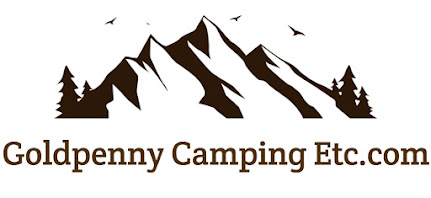What I’ve come to realize lately is that there are so many people out there who crave adventure. In some form or another, they want to experience what it’s like to leave it all behind and just, well, go. I really want to start speaking more to people who feel stuck in some way, physically, emotionally, mentally, who also have the desire to give nature a try. I’ve found a lot of people like this automatically put the thought aside as a result of it being intimidating when they may not know where to start or after having seen others who live and breathe the outdoors, “experts,” as it were.
So I ask, where are my people at? Where are those that may resonate with the words I’ve just said? I know you’re out there. With this post, I really just want to ask some questions so that I can get a bit of a better understanding of what people are feeling and thinking.
This is something I’m just beginning to delve into, but I can tell you that it is something that I am passionate about figuring out and developing. Being in nature gives me such a feeling of confidence and clarity that it has roots all the way to the core of my being. Many out there may not have been as fortunate as me to grow up next to a forest, or to have the specific interests I do that have led me to be a frequent visitor of the national parks and campgrounds. So I want to inspire both those alike and different from me to go out and find their freedom instead of waiting around for it to pass them by.
Everyone is different, so of course everyone’s experience will be different. But I believe that this is something that so many more people will benefit from than those that won’t. Here are some loose questions that I think might help me to engage with you guys, and get to know you better:\
If I was one of your friends and were to ask you to come out into the trees with me for say a hike tomorrow, would you do it? Would you hesitate? Say no? Why?
Have you tried going out for a hike before or something similar in the past? Did you like it? No? What did you like or dislike and how has that shaped your idea of being in nature?
Do you or have you suffered from some sort of anxiety, depression, or similar mental/emotional obstacle?
Where are you right now in our mental and emotional life? Are you happy? Do you feel that there is something missing?
When you hear the word “forest,” or “hiking,” or something else related to those, what is the first feeling that hits you?
Like I said, I'm in the beginning stages of figuring this thing out, but every little bit of engagement from you wonderful people certainly helps tenfold! Please let me know what you think in the comments below! Thanks guys :)
